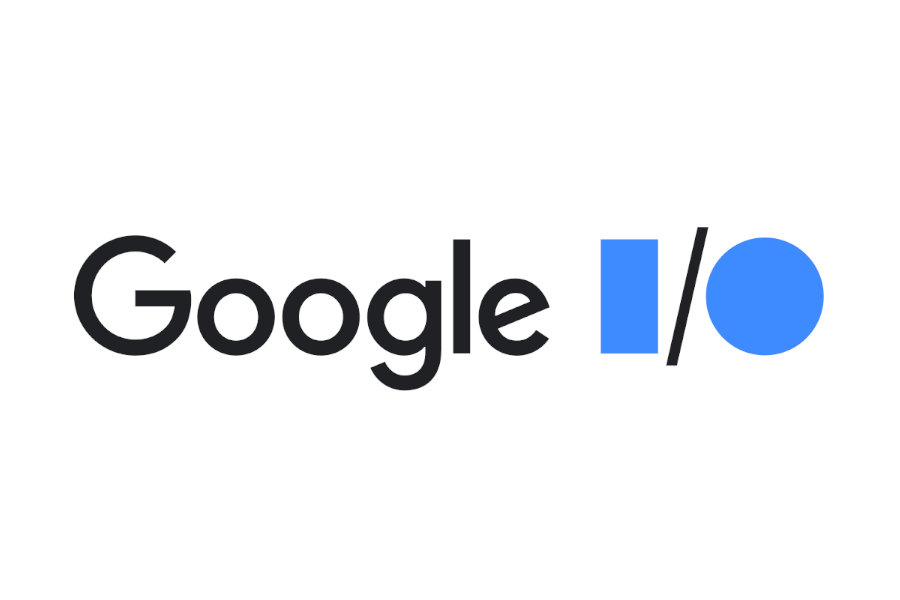Busy Times at Google: De-Index Bug, Lost Data, Google I/O, and More


While we know that the work of online marketing and optimization changes on a near constant basis, the past 60 days in particular have seemed especially hectic and action-packed. Let's go over some of the most newsworthy Google bits and discuss how these latest happenings tie into marketing for contractors and home service providers.
The Google De-Index Bug – Why Websites Disappeared From Google
Throughout the year, Google releases a variety of small "under-the-hood" tweaks and a few more major "core" updates to the algorithm.
At the beginning of April, Google released what was supposed to be an ongoing, iterative change – but something went wrong. Something went awry that dropped pages with a history of strong performance completely out of the Google search index.
Some Websites Simply Disappeared From Google Search for a Few Days
Based on information collected by Moz – On April 5th and 7th of 2019, "about 4% of stable URLs" were off of their previous page one placement.
The immediate impact occurred within the days surrounding the April 5-7 de-indexing event. If your website was affected, you wouldn't receive any Google traffic for search terms you previously ranked for. A few days later, Google confirmed the bug had been resolved.
But this didn't mean the end of the problem. Like aftershocks that occur following an initial earthquake, we noticed an increase in reports of Google Map Listing problems a few weeks after the de-index event.
After some research and observing chatter from the SEO community at large, we found other companies facing the same problem. But how was Local Map Pack visibility affected by the Google De-Index Bug – which was largely an organic rank problem?
As we've said before, there are many factors that help shape your local search optimization success – including your business prominence. If your business doesn't have a website with the right information and schema to corroborate what your GMB listing and other citations say, that is likely not going to help. Other SEOs have hypothesized that the map issues we saw in the weeks following the initial Google De-Index bug were related. Being invisible for just a few days has rolled down hill and affected local optimization.
Is This Affecting My Website and My Local Optimization?
Firstly – I want to again re-affirm that statistically – this couldn't have affected everyone.
Per the Moz data we cited previously, the bug had affected 4% of websites. Given the number of websites on Google, that is huge; but it also means that 96% of websites were not affected.
We have, however, seen what other SEOs have noticed in the wild. Namely it has looked like a drop in phone traffic that was previously driven by local GMB performance – taking place around April 26th and ultimately trending back to more usual numbers in the second week of May.
So if this did affect you – chances are that your website and/or local issue should now be recovered back to pre-April 5th trends.
GMB Listings, Search Console, and Missing Data
Around about the same time as the Google De-Index Bug – there have been reports of missing data in Google Listing insights and Google Console.
Ironically some of this missing data makes it difficult to determine if your website was affected by the bug or not. While some of this data is simply gone, it appears there may be additional, separate GMB specific data missing from around late April 2019 – which wasn't yet remedied by the second week of May 2019.
How Does This Affect My Business?
We know that some of that data is gone for good, which means we don't have historical information to use for the sake of review optimization efforts. We can hope that some of the GMB insight data will return – which will help us to better understand local optimization success.
Google I/O – Changes to Advertising and Search
From 10 blue links when it first started, the search engine results page has grown by leaps and bounds. Including text ads, local service ads, map packs, news carousels, Google shopping links, popular articles, video content, knowledge panels, and rich snippet answers – Google has been trying to make the SERP (search engine results page) more useful to a searcher.
Moreso recently, it has been about making search more interactive. Instead of just the news articles listed, you can swipe through multiple article thumbnails directly in the SERP. At Google I/O 2019 – they continued with that trend, creating new documentation for FAQ schema and "How-To" schema, new "mini-apps," and a variety of other education efforts regarding more interactive features for Google Assistant and smart home devices.
How Does This Affect My Business?
We're continuing to look to the horizon as far as what parts of these improvements and updates will affect contractors. Whenever new code looks useful, we'll implement that over time with our clients and our online marketing.
Some things still remain true from last year's I/O and latest Google trends – we recommend that you look into Google Local Services and Google Local Service Ads if they are available within your area. With more and more push towards voice search and Google Assistant, service contractors should work with Google Local to make sure they can be found in a variety of search avenues.
New Google Ads Format Options
Amongst other announcement in Google Marketing Live, "Discovery Ads" are one of the hidden gems. Previously called "Google Now" and "Google Feed", Google Discover is available on Android phones to show newsfeeds based on user input, search history, user activity, and device location.
These discovery ads will also show on Youtube home feeds and within promotions in Gmail. Essentially, this is a more data driven "display ad" option.
"Gallery Ads" are also an interesting option for contractors with a more visual product like painters or remodelers. In the place of the first traditional text PPC ads on a mobile search, new gallery ads include a headline, URL, and a swipe-able gallery of four to eight images with unique text captions. The ad images are tap-able, so that you can expand the ad and view all the images at once.
How Does This Affect My Business
While some of these ad types were tested at the end of 2018 and officially unveiled at Google I/O 2019, they still aren't available to the general public just yet. Depending on the pricing and availability of these highly visual ads, it could be an interesting option as a "display ad" for searchers.

About Chris Lonergan
Chris Lonergan has over 13 years of contractor marketing experience with Footbridge Media. With a background in web design, print design, content creation, and online marketing, Chris is focused on providing quality marketing and business solutions in the construction and service industries - helping small business owners to more efficiently manage their companies and grow their operations.
Chris Lonergan has previously contributed to and/or been featured in PM Magazine (Plumbing & Mechanical | Contractors x Engineers), theNEWS (ACHR - Air Conditioning | Heating | Refrigeration), Turf Magazine (For Landscaping and Green Industry Professionals) Service Roundtable's blog, inPAINT Magazine, the SMB Marketing Agency Show, and the Green Industry Podcast. Chris is also a past SGI/CertainPath breakout session presenter.





